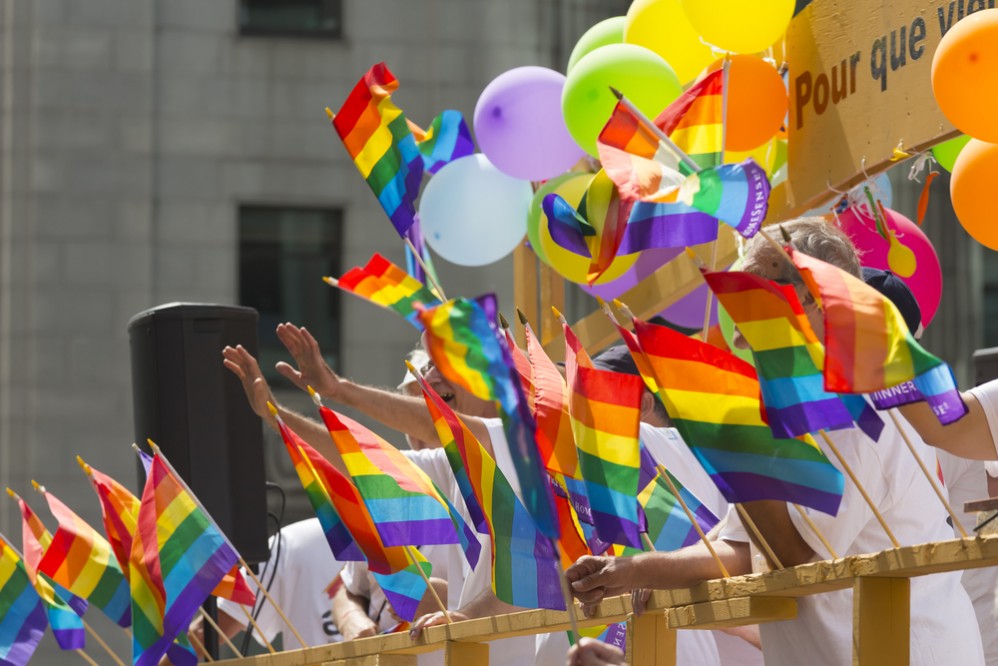

Lesbian, gay, bisexual or questioning (LGBQ) teens are at substantially higher risk of substance use than their heterosexual peers, according to a new study led by San Diego State University researchers and published in the American Journal of Public Health.
As part of the most recent National Youth Risk Behavior Survey–the largest national survey on adolescent health–15,624 high school students were asked about their use of 15 substances, including alcohol, drugs, and tobacco. The survey also included questions about sexual identity, including whether teens identify as lesbian, gay, bisexual, or questioning.
The data showed LGBQ teens were more likely to have ever used 14 of the 15 substances studied, including alcohol, cigarettes, cigars, cocaine, ecstasy, electronic vapor (“vaping”), hallucinogens, heroin, inhalants, marijuana, methamphetamine, prescription drugs (without physician direction), steroids, and synthetic marijuana.
LGBQ teens also were at greater risk for having used harder drugs. For instance, LGBQ teens were more likely than heterosexual teens to ever use heroin (6.6 versus 1.3 percent), hallucinogens (12.3 versus 5.5 percent), ecstasy (10.8 versus 4.1 percent), cocaine (11.0 versus 4.2 percent), methamphetamines (8.6 versus 2.1 percent) and prescription drugs (26.2 versus 15.5 percent).
The survey included questions gauging potential ongoing use for some substances by asking about their use during the past 30 days. Compared to their heterosexual peers, LGBQ teens faced an elevated risk for going use of alcohol, cigarettes, cigars, vaping, and marijuana.
Because LGBQ and non-LGBQ teens differ in more ways than just sexual identity, the research team used statistical models to adjust for differences in age, sex, race, academic grades, and English proficiency when further comparing substance-use risks. Even after adjusting for these factors, LGBQ teens were still at substantially higher risk for substance use.
“There have been some indications that LGBQ teens face increased substance use risks, but our study shows for the first time that the problem goes far beyond alcohol and tobacco, including the hardest most dangerous drugs,” said SDSU School of Public Health associate research professor and study coauthor John W. Ayers.
The team noted these new data should not be used to judge LGBQ teens.
“Our findings highlight the need for accepting LGBQ teens, as stigma may be playing a role in elevating their substance use risk or prevent those from needing help to speak up,” said coauthor Laramie Smith, a LGBQ health researcher at the University of California, San Diego.
The results represent a call to action for academic, community and government leaders to begin addressing the LGBQ substance use crisis, added coauthor Theodore L. Caputi, a George J. Mitchell Scholar at University College Cork and the study’s first author. “National health, political, and social leaders must speak up and begin work on a rapid, national strategy to combat teen substance use.
The team also encouraged parents, teachers, caretakers, and advocates to be vigilant, added coauthor Steffanie Strathdee of UC San Diego. “If teens show signs of substance use risk, they should seek supportive help from professionals.”
The study identifies a serious problem, noted Ayers, but “fortunately decades of science and experience can be leveraged to address LGBQ teen’s substance use risk. Now is the time to act.”

